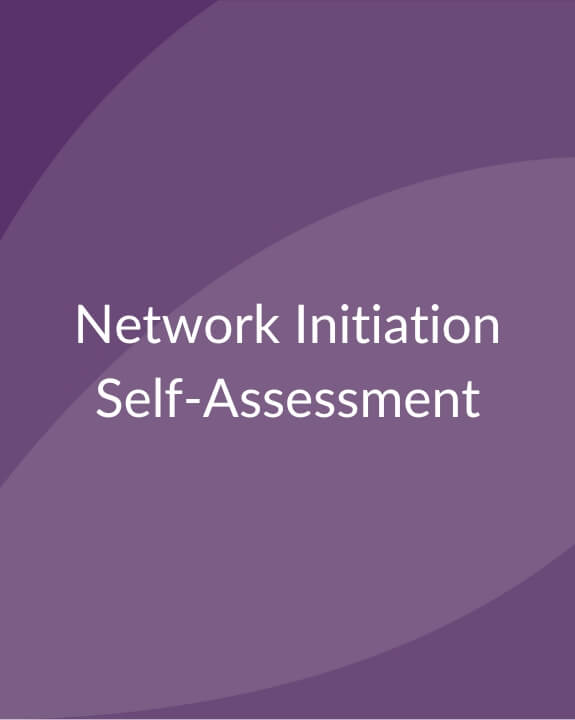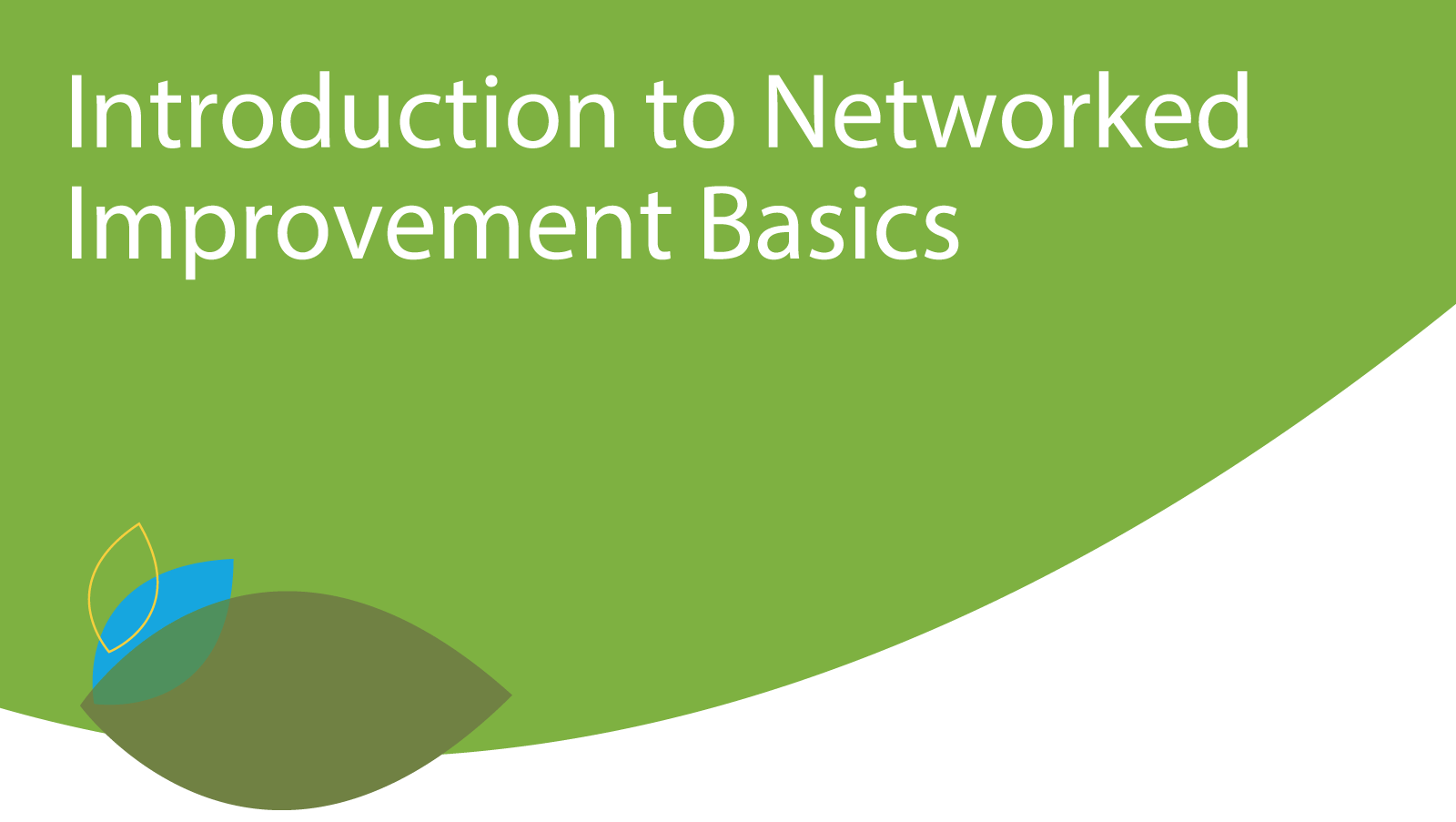< Explore
NIC Initiation Hub Self-Assessment
This self-assessment tool enables network initiation or hub teams to assess their readiness to launch a networked improvement community. It can help teams to identify strengths as well as opportunities to build capability and internal capacity, or where external support may be needed in order to successfully launch a NIC.
Groups with collective will to work to improve a shared problem may be well-positioned to organize to work as a networked improvement community (NIC).
Typically, a small team forms to organize the effort, helping to recruit members to the network, to facilitate building shared understanding of and commitment to solving the problem, and to support communication and social learning among those involved. These initiation teams often need to develop new structures, processes, and skills to be able to support the activities of the emerging NIC.
Organized around six domains of activity, this Network Initiation Self Assessment tool can be used as a formative assessment by groups seeking to identify strengths and opportunities for growth for their leadership teams and emerging networks. The domains address both the technical improvement activity of the network as well as the ways that social learning among members is structured and supported.
While it is not necessary to score at the highest levels in each domain to successfully launch a NIC, this tool can help hub teams to identify key capacities to build to increase their readiness to support a NIC as members begin to test and learn about a theory of improvement, with the intention of identifying improvements with sufficient warrant to spread and scale.
NIC Initiation Hub Self-Assessment (PDF)
This tool is grounded in research on network initiation and launch described in the article, “A Framework for the Initiation of Networked Improvement Communiites” (Russell et al, 2017)









